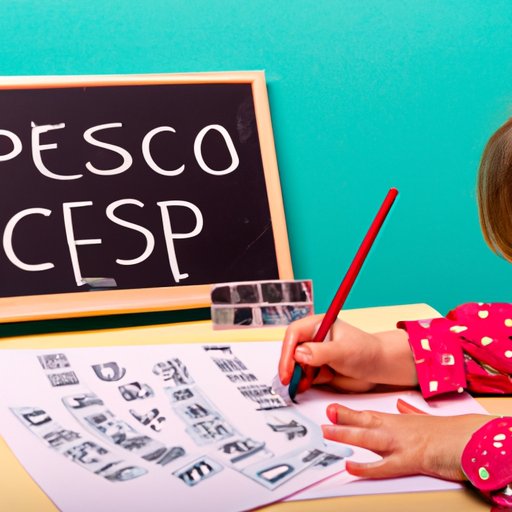Introduction
Sending your child to preschool is an important decision for many families. The cost of preschool is a major factor for many parents considering this option. The average cost of preschool varies depending on location and the type of school chosen. Understanding the financial implications of sending your child to preschool is essential to make an informed decision.
An In-Depth Look at the Cost of Preschool
Preschools can vary in cost significantly. Some schools are free, while others can cost thousands of dollars per year. The type of school you choose will have a major impact on the cost. Private preschools, religious schools, and daycare centers tend to be more expensive than public preschools or Head Start programs. Additionally, the cost of preschool can vary depending on the location and other factors such as the number of hours attended per week.
Factors That Affect the Cost of Preschool
Location is one of the biggest factors impacting the cost of preschool. For example, according to a recent study by Care.com, the average cost of full-time preschool in California was $10,823 per year, whereas the same type of care in Indiana was only $5,928 per year. Other factors that can affect the cost of preschool include the quality of the program, the teacher-to-student ratio, and any additional services provided such as meals and transportation.

What to Expect When Paying for Preschool
When paying for preschool, it’s important to consider both upfront and recurring costs. Upfront costs may include registration fees, application fees, and supplies. Recurring costs typically include tuition, which may be charged per semester or annually. Some schools may also require additional fees for field trips, extra curricular activities, and other special events.
Many preschools offer payment plans and financial assistance to help families cover the cost of tuition. Payment plans can be structured in a variety of ways, such as monthly installments or discounts for paying in full. Financial assistance may be available in the form of subsidies, scholarships, or grants.

A Comprehensive Guide to the Cost of Preschool
According to Care.com, the average cost of preschool in the United States is $9,600 per year. However, this figure can vary significantly depending on the type of school and location. Private schools tend to be more expensive than public schools, ranging from $7,000 to $18,000 per year. Religious schools typically range from $4,000 to $14,000, while daycare centers can cost anywhere from $3,000 to $15,000 per year.
In addition to tuition fees, there are several other costs associated with preschool that parents should consider. These may include registration fees, application fees, supplies, and additional fees for field trips and extracurricular activities. It’s important to ask the school about any additional fees that may be applicable.
The High Price Tag of Preschool: Is It Worth It?
The high cost of preschool can be a deterrent for many families. However, it is important to remember that there are many benefits to sending your child to preschool. According to research from the National Institute for Early Education Research, children who attend preschool are better prepared for kindergarten and beyond. They often display greater social and emotional development, as well as improved academic performance.
There are also ways to save money on preschool expenses. Many states offer financial assistance for families in need. Additionally, some employers offer subsidies for childcare expenses, so it’s worth checking with your employer to see if they offer this benefit. You can also look into tax deductions and credits for preschool expenses.

Exploring the Financial Implications of Sending Your Child to Preschool
In addition to the immediate cost of preschool, there are long-term financial implications to consider. Investing in early childhood education can have a lasting impact on a child’s future. Studies have shown that students who attend preschool are more likely to graduate from high school and go on to college. This can lead to higher wages and increased earning potential over the course of their lifetime.
Furthermore, there are tax deductions and credits available for preschool expenses. The Child and Dependent Care Tax Credit provides up to 35% of eligible expenses for childcare. Additionally, some states offer income tax credits for preschool tuition. It’s important to check with your state to see if you qualify for any of these credits.
Conclusion
The cost of preschool can be a major factor for families considering this option. It’s important to understand the types of costs associated with preschool and explore ways to save money on tuition. Additionally, investing in early childhood education can have long-term financial benefits, such as higher wages and increased earning potential. Finally, there are tax deductions and credits available for preschool expenses, so it’s worth exploring these options as well.
(Note: Is this article not meeting your expectations? Do you have knowledge or insights to share? Unlock new opportunities and expand your reach by joining our authors team. Click Registration to join us and share your expertise with our readers.)
